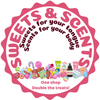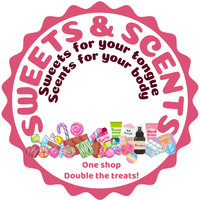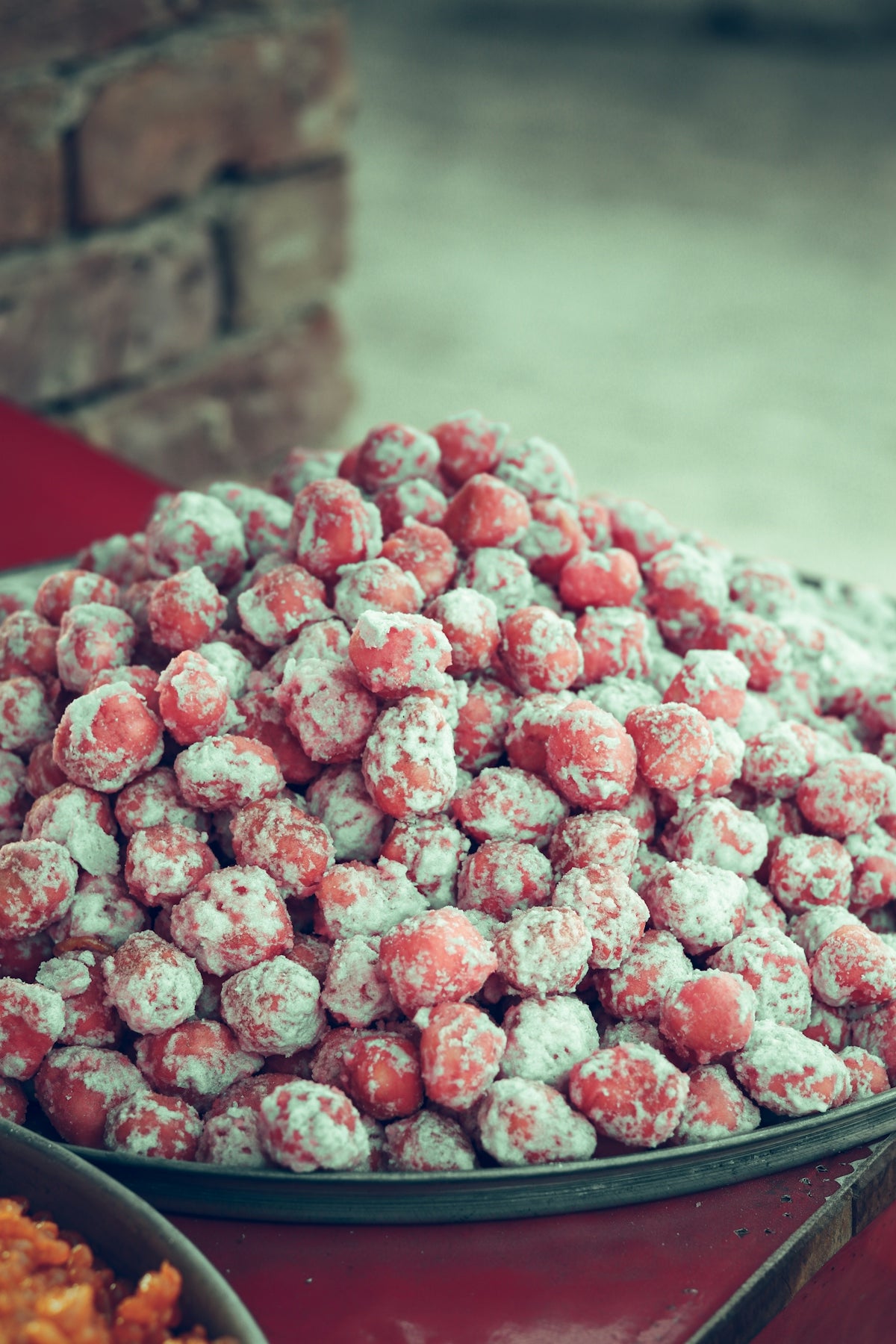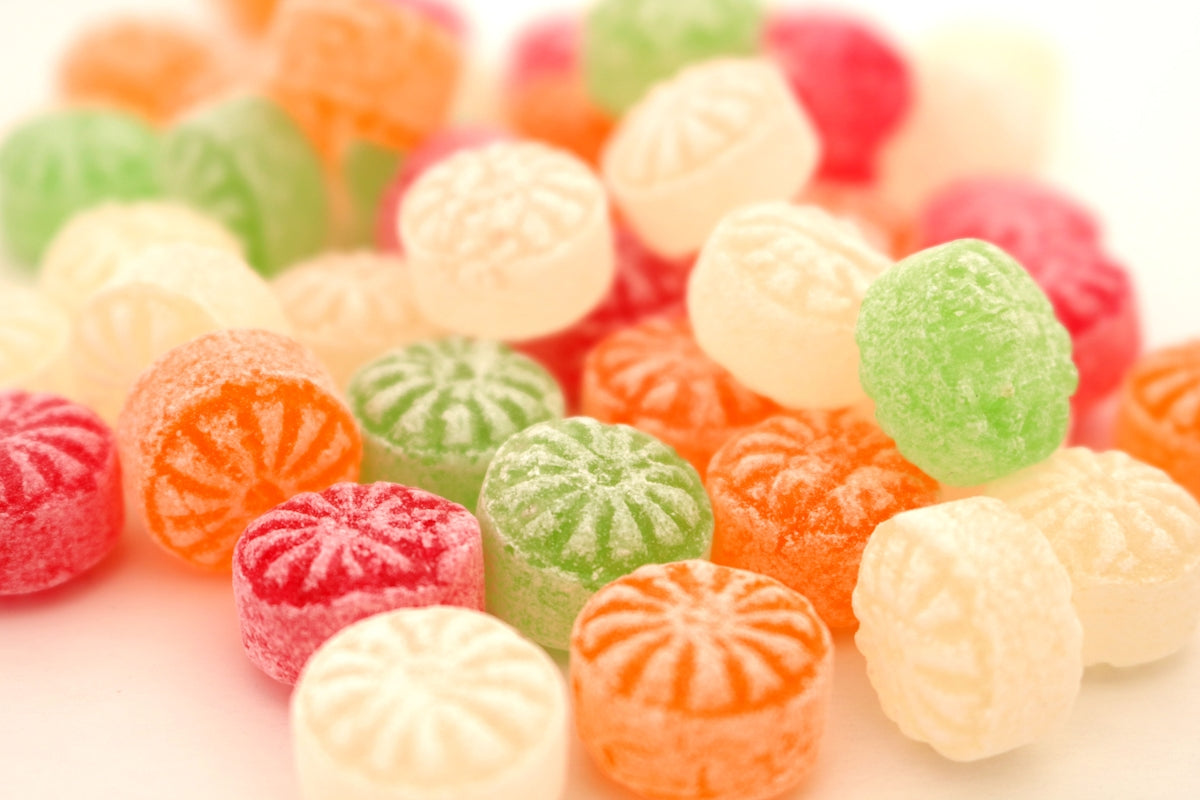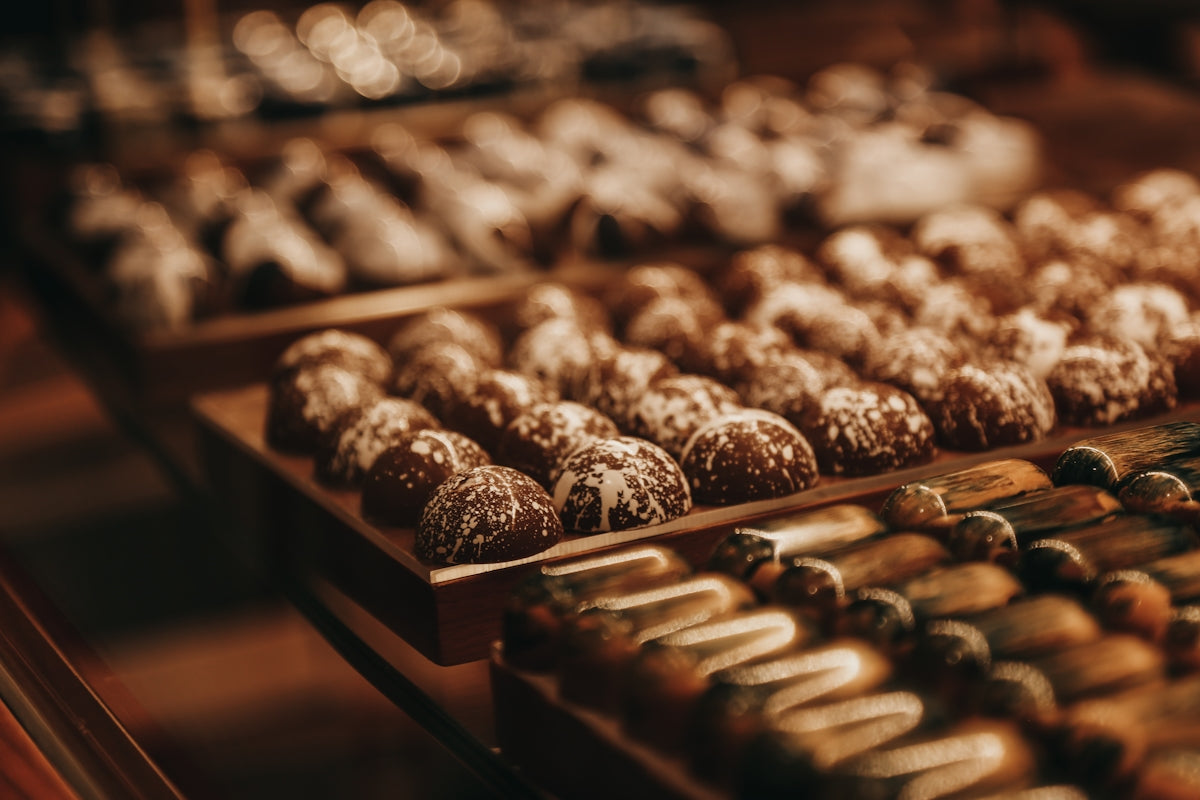Frequently Asked Questions
1. What are bath bombs?
2. Who invented the modern bath bomb?
3. What ingredients are commonly used in bath bombs?
4. What are some types of bath bombs available?
5. How can I make eco-friendly choices when buying bath bombs?
Bath bombs have become synonymous with relaxation and self-care, transforming ordinary baths into luxurious experiences. But how did this lavish indulgence come to be? In this article, we will explore the fascinating history of bath bombs, tracing their roots from ancient rituals to modern-day staples in personal wellness routines. So, let's dive into the bubbly world of bath bombs!
The Ancient Roots of Bathing
Bathing has a long and storied history that precedes the conception of the bath bomb. Ancient cultures, including the Greeks, Romans, and Egyptians, practised communal bathing as not only a hygienic necessity but also a social and healing pursuit. Spas adorned with marble, luxurious oils, and aromatic herbs were frequent haunts for those seeking relaxation. These early bathers understood the therapeutic benefits of water and sought ways to enhance their bathing rituals.
Essential Oils and Herbal Infusions
Throughout history, the use of essential oils and herbs in bathing evolved. The Egyptians made a practice of infusing their baths with various oils for both fragrance and therapeutic properties. Similarly, Romans added herbs like lavender and rosemary to their baths, enhancing their overall experience. These early adaptations set the stage for modern additions to bathing rituals, such as the creation of bath bombs.
The Advent of the Bath Bomb
The specific invention of the bath bomb is credited to the mid-20th century, as the self-care movement began to surface. The concept of a product that could dissolve in water, producing scent and sometimes colour, was revolutionary. One of the pioneering figures in the development of bath bombs was a woman named Mo Constantine.
Mo Constantine and the Birth of Modern Bath Bombs
In 1989, Mo Constantine, co-founder of the renowned cosmetics company Lush, developed the first commercially produced bath bomb. Drawing inspiration from the early practice of bath rituals, she aimed to create a product that encapsulated those luxurious experiences at home. The distinctive fizz and delightful fragrance quickly captured the public's attention, leading to an explosion in popularity.
How Bath Bombs are Made
Modern bath bombs are typically made from a blend of baking soda, citric acid, and other ingredients such as Epsom salts, essential oils, and colourants. When submerged in water, they create a fizzy reaction that releases their contents into the bath. This delightful spectacle adds a visual treat, elevating the bath experience to a new level.
The Rise of Self-Care Culture
As the status of self-care grew in the late 20th and early 21st centuries, the bath bomb solidified its role as a staple in many households. With the pressure of modern life increasingly apparent, many turned to baths as a refuge. The rise of social media encouraged individuals to showcase their self-care rituals, including the use of bath bombs, further influencing popular culture.
Bath Bombs and Mental Health
The therapeutic effects of bathing have been documented for centuries, but recent research sheds light on how bath bombs can contribute to mental well-being. Aromatherapy, often paired with the use of bath bombs, has shown potential in alleviating stress, anxiety, and even depression. The act of taking time for oneself in a warm, fragrant bath can serve as a crucial form of self-care.
From Luxury to Everyday Use
Today, bath bombs are no longer exclusive to luxurious spas or high-end retailers. They have evolved into everyday essentials for countless individuals. Their accessibility and affordability have harmed their elitist image, allowing people from all walks of life to indulge in this simple treat.
Varieties of Bath Bombs
- Relaxation Bombs: Infused with calming essential oils like lavender.
- Exfoliating Bombs: Contain natural exfoliants such as sea salt or sugar.
- Glitter Bombs: Add a touch of glamour with biodegradable glitter.
- Therapeutic Bombs: Often include Epsom salts for muscle relaxation.
With a diversity of choices, bath bombs now cater to various needs, allowing consumers to tailor their experience to individual preferences.
The DIY Bath Bomb Trend
The DIY movement has also played a significant part in the bath bomb's popularity. Many people enjoy crafting their own bath bombs at home, allowing for customisation of scents, colours, and even personal touches like embedded flowers or unique shapes. This creative process not only deepens the connection to the product but also serves as a soothing activity in itself.
The Benefits of Making Bath Bombs at Home
Creating your own bath bombs has several advantages:
- Customisation: You choose the scents, colours, and additives.
- Quality Control: Ensure only high-quality ingredients go into your bath bombs.
- Cost-Effectiveness: Making bath bombs at home can be more economical than purchasing high-end brands.
- Fun Activity: It's a great way to spend an afternoon, whether alone or with friends.
Eco-Friendly Bath Bombs
As awareness of environmental issues rises, many consumers are seeking eco-friendly options in their bathing products. The bath bomb market has responded positively, introducing innovations such as biodegradable packaging and natural, cruelty-free ingredients. Brands are increasingly committed to sustainable practices, tapping into the increasing consumer demand for products that are kind to the planet.
Making Sustainable Choices
When selecting bath bombs, consider looking for brands that prioritise sustainability. Here are some factors to reflect on:
- Ingredients: Choose products with natural and organic ingredients.
- Packaging: Look for eco-conscious packaging, such as compostable or recyclable materials.
- Ethical Sourcing: Support companies that are committed to ethical sourcing and production practices.
The Future of Bath Bombs
The future of bath bombs looks bright as more people recognise the importance of self-care in their daily lives. As innovation and sustainability trends converge, we can expect to see even more creative and eco-friendly options. Furthermore, the development of personalised products tailored to individual needs is on the horizon, ensuring that bath bombs will remain a popular choice for relaxation and indulgence.
Global Inspiration
The trend of bath bombs has transcended borders, with influencers and artisans incorporating unique cultural elements into their products. From Japanese yuzu-infused bath bombs to Indian ayurvedic formulations, the globalisation of the bath bomb allows bathers to explore new scents and traditions, enhancing their bathing experience.
Embracing the Bath Bomb Revolution
Incorporating bath bombs into your self-care routine is not just a trend; it's a movement towards enhanced well-being. The beauty of bath bombs lies in their versatility and ability to cater to a diverse audience. Whether you're seeking relaxation, therapeutic benefits, or a splash of fun, bath bombs have something for everyone.
If you haven't explored this magical addition to your bathing experience yet, now is the perfect time to dive in. Experimenting with different types, scents, and even the creative process of making your own bath bombs can open a whole new world of relaxation and joy. So go ahead, grab a bath bomb, fill your tub, and indulge in a moment of tranquillity today!
